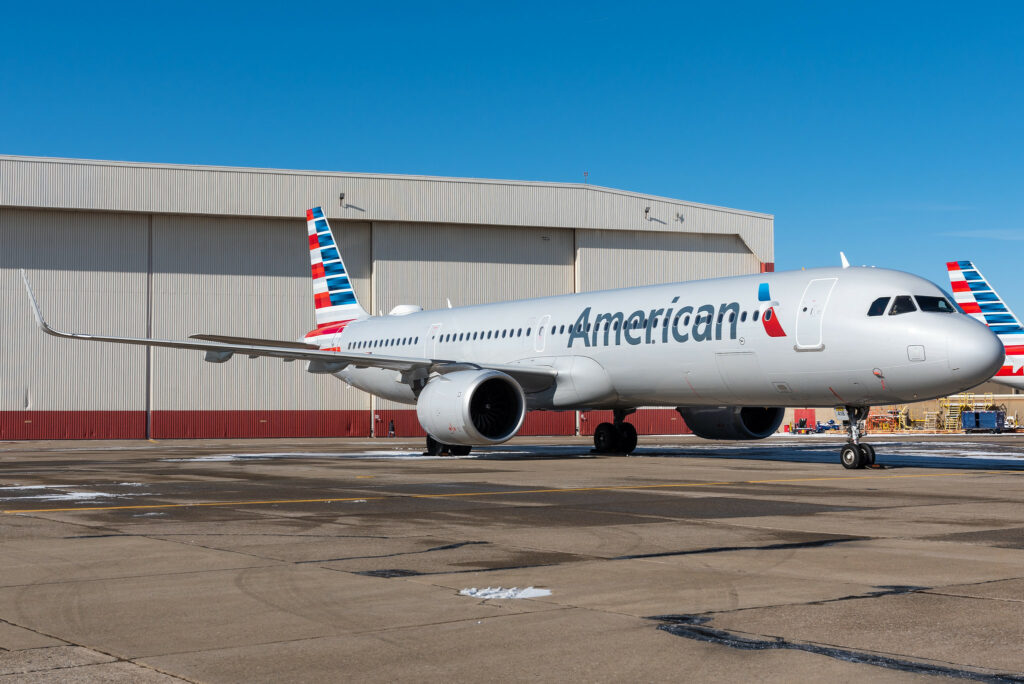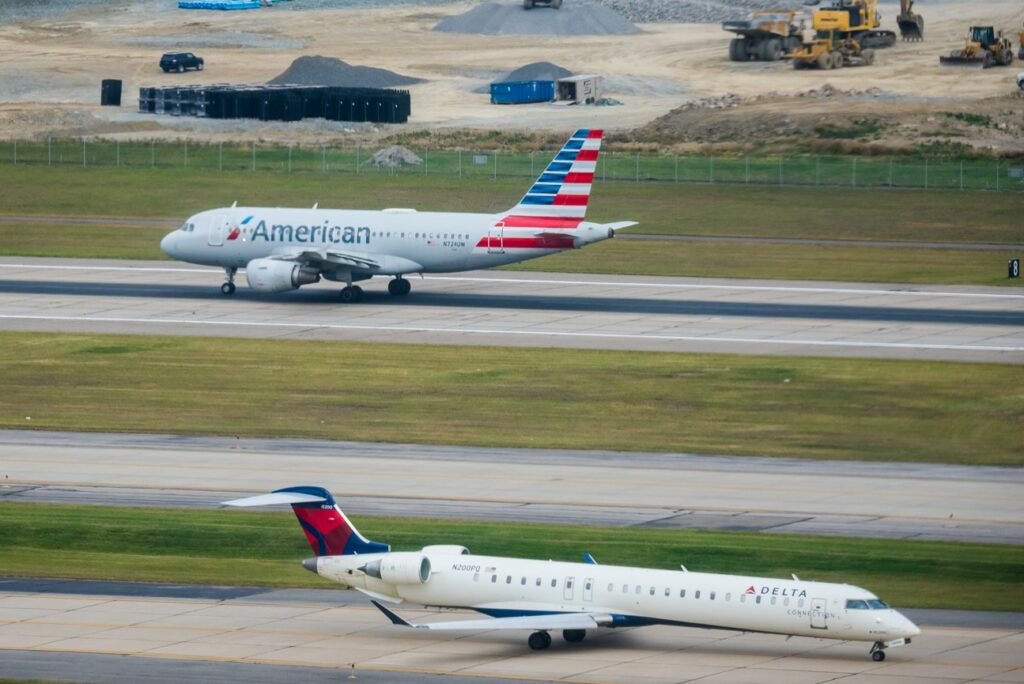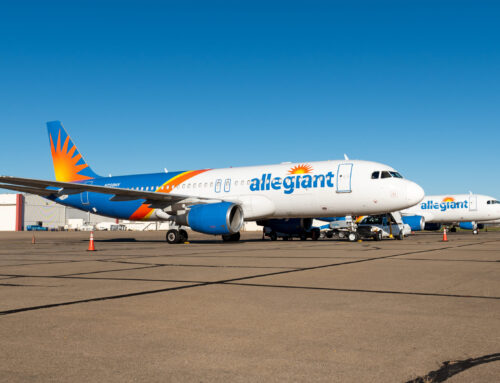New Destinations Pop Up on PIT’s Route Map
Seasonal markets return as airlines signal rebound in demand
By Evan Dougherty
Published October 24, 2022
Read Time: 4 mins
Ready or not, the leaves are changing colors and blustery weather has arrived in Pittsburgh.
With the holidays around the corner, airlines at Pittsburgh International Airport are preparing for the busiest travel period of the year by adding service to several popular markets.
Total seats offered by airlines at PIT were 86 percent of pre-pandemic levels in October. By December, carriers at PIT are expected to operate at nearly 91 percent of pre-pandemic capacity.
New flights
JetBlue will debut its new Airbus A220-300 on the Boston route on three of four daily flights starting Oct. 30.
The A220 will add 40 seats per each flight, driving up capacity in a major business market. The A220 features larger overhead bins and windows, a quieter cabin, a unique 2-3 seating configuration and JetBlue’s free in-flight Wi-Fi, updated personal entertainment and in-seat power.
PIT’s largest Florida markets, meanwhile, will see additional service from ultra-low-cost carriers Frontier Airlines and Spirit Airlines.
Frontier will resume seasonal service to Orlando on Nov. 7 with twice-weekly flights operating Mondays and Fridays. That same day, Spirit will resume seasonal nonstop flights to Fort Myers and Tampa, each operating daily.
The airport’s two largest carriers, American Airlines and Southwest Airlines, will bring back three routes to their PIT networks.

American will resume daily flights between PIT and Phoenix Dec. 1 using a 196-seat Airbus A321neo. (Photo by Evan Dougherty)
Southwest will bolster service to Texas this fall with Saturday-only nonstop service to Houston-Hobby resuming Nov. 12 and seasonal service to Austin Nov. 22. Southwest’s Austin route returns a year after the airline launched seasonal nonstop flights to the market.
American, meanwhile, will restart daily service to Phoenix-Sky Harbor from PIT on Dec. 1 using a 196-seat Airbus A321neo. The airline will fly the Phoenix route through mid-January before picking up the route again in February.
Other key routes that have returned this year—or that will operate with more capacity this winter than in 2021—include United Airlines to San Francisco, Alaska Airlines to Seattle, British Airways to London Heathrow and a new addition—Spirit to Newark.
Business travel bounces back
Despite a summer fraught with staffing and operational challenges and high fuel prices, airlines ended the summer season strongly due to high demand domestically and internationally.
Carriers note that while leisure travel has led the rebound, business travel continues to recover from pre-pandemic lows.
Airlines point to small and medium enterprises (SMEs) traveling more often than prior to the pandemic, pushing up premium demand.
“Business [travel] is back to 100 percent. But business is back because small businesses are flying a lot more than they have in the past,” American chief financial officer Derek Kerr told Bloomberg. “Corporate [travel] is only back about 80 percent, but they are driven by those blended trips.”
Blended trips—travelers combining business and leisure travel in a single trip—are creating new travel patterns, said Delta Air Lines president Glen Hauenstein.
“With people not having to necessarily be in the office as regularly as they did before the pandemic… we see people stretching out the holiday,” Hauenstein said during the airline’s investor call Oct 13.
“And I think it’s pretty exciting that it’s coming back differently, but it’s coming back even stronger.”

In recent earnings calls, legacy carriers have noted new travel patterns caused by travelers combining business and leisure travel in a single trip. (Photo by Beth Hollerich)
While demand remains strong, growth has been restricted by the availability of pilots and staff, particularly at regional carriers which tend to operate in smaller markets and high-frequency business-oriented routes.
In addition, labor and supply chain challenges have hampered airlines’ delivery schedules of new planes from major manufacturers Airbus and Boeing, mainly due to a lack of engines available for these aircraft.
Shortages have caused Airbus to delay its production ramp-up plans for its A320neo while Boeing expects to produce nearly 100 fewer 737s this year than planned, according to FlightGlobal.
Despite a lack of capacity pushing up airfares and fears of a looming economic recession, airlines saw no slowdown in demand and do not expect one to happen anytime soon.
“It wasn’t money that constrained people from travel. It was time,” United Airlines CEO Scott Kirby told CNBC. “They’re untethered from the desk.”
“As far as profitability, we have now delivered two profitable quarters in a row and we’re forecasting a profitable fourth quarter with continued strength in demand,” said American CEO Robert Isom on the airline’s Q3 earnings call.






